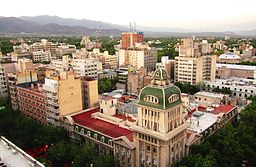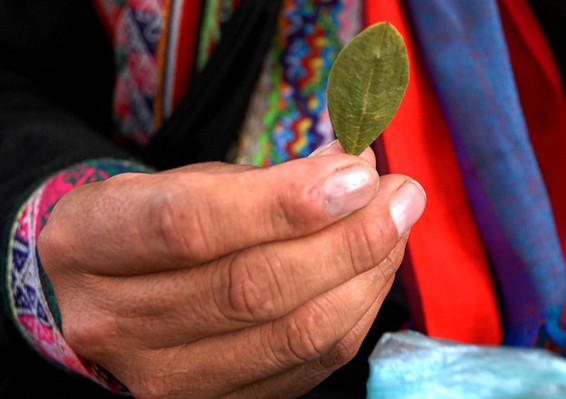
The coca plant has been used for thousands of years in the Andes. One can see ancient indigenous sculptures in which the cheek of one figure is extended, because the person is chewing coca. The leaf figures in ritual and religion, but is also a rich source of nutrition.Throughout Latin America coca tea is often used as an infusion because it is supposed to have medicinal properties. The leaf itself is vastly different from the processed drug known as cocaine. In 1898 a German chemist, Richard Martin Willstätter, created cocaine, which had become one of the most used drugs in the world. By the 1970s and 80s, cocaine was the basis for the cartels of Colombia. At the same time, there were allegations that the U.S. intelligence services were themselves involved in the cocaine trade in order to fund the guerrillas fighting against the Sandinista government in Nicaragua.
In the early 1990s Brücher hatched an incredible plan to send one worker to Bolivia to inject coca plants with Fusarium oxysporum, a fungus that could wipe out the plant. Of course, this would not have only caused the cocaine trade to collapse, but have also destroyed a plant that is fundamental to Indigenous cultures throughout the Andes. This never happened, however, because in 1991 Brücher was murdered. His hands were found bound with tape, which had also been placed over his nose and mouth, suffocating him. There are many allegations about who may have killed him, and who he may have been working for. But one question remains: would it be possible for a single, carefully bred fungus to cause massive damage to the cocaine industry?
In this case, there is a similar example of planned bioterrorism, which suggests that the idea may have been circulating more broadly in Latin America in this period. In 1989 an Amazonian fungus, Witches’ Broom, appeared in northeastern Brazil, which was a major global site for cacao production. The fungus spread rapidly, with devastating effects upon the region’s agricultural system. From the start, there was reason to believe that someone had introduced the fungus deliberately. In the end, it appeared possible that members of the government agency charged with promoting cacao had introduced the fungus, because they were members’ of the Worker’s Party. But why would they wish to do this? Perhaps because these individuals wished to undermine the power of local agricultural elites. But this was never proven in court, and there has been no justice in the case, to the immense frustration of many cacao producers in Bahia. If you are curious about this history, I strongly recommend Dilson Araújo’s documentary. The film-maker has posted it to Youtube, where it is freely accessible. You can also read my review of the documentary on this blog post.
In the end, we don’t know yet whether this Nazi scientist died in a bungled burglary, in his house filled with note cards and cocaine packets, or if a well-informed enemy chose to prevent a planned act of bioterrorism. What we do know is that two years earlier a similar act of bioterrorism had taken place in neighboring Brazil, where it had devastated cacao production. It is possible for an introduced fungus to devastate an entire crop. This has happened before. It seems likely that neither Heinz Brücher nor -perhaps- the Brazilian activists were unique. What is most interesting to me is the motives for the people who deliberately choose to spread infection. Sadly, Brücher’s notes were burned by someone who later purchased his house, and we’ll likely never know the full details of his work or motivation.
Are you intrigued to learn more about the thought of the strange scientist behind this story? You might want to read this peer-reviewed article:
Gade, D. (2006). CONVERGING ETHNOBIOLOGY AND ETHNOBIOGRAPHY: CULTIVATED PLANTS, HEINZ BRÜCHER, AND NAZI IDEOLOGY. Journal of Ethnobiology, 26(1), 82-106.
If you are truly curious, you might also wish to read some of Brücher’s own work:
Heinz, B. (1987). The Isthmus of Panama as a Crossroad for Prehistoric Migration of Domesticated Plants. GeoJournal, 14(1), 121-122.
If you are interested in ethnobotany and drugs, you might enjoy my piece on Devil’s Breath in Colombia. Or if you are interested in Latin America, you might want to read my own book on military terror in Brazil.

